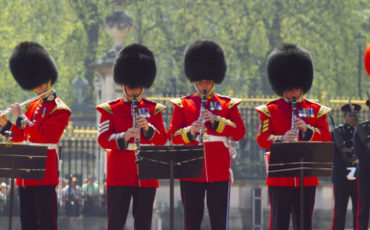Blog
Blog Posts
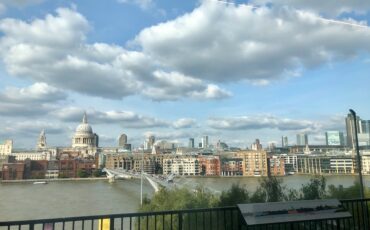
Mission Impossible Films: Scenes Shot In London And Around The United Kingdom
The Mission Impossible film series is famous for its use of exotic locations around the globe. Tom Cruise, portraying the top secret agent Ethan Hunt and his team save the world in the world’s tallest building in Dubai or at the Vatican. However, they also use British locations in their films, some of which are seen in the latest instalment, Dead Reckoning: Part One. The second instalment of the film has been made and is due to be released in June 2024.
Read more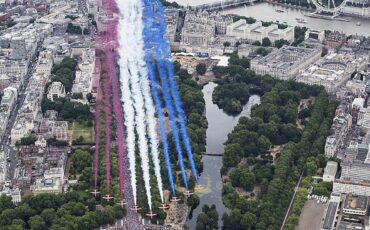
The History of the Royal Fly Past
The Royal Fly Past takes place after great state occasions, most particularly after events such as Trooping of the Colour, the official celebration of the monarch’s birthday. The Trooping takes place on a Saturday in June every year. Although the date might not coincide with the actual birthday of the monarch – King Charles III was born on 14th November 1948 – it is a convenient date for the ceremony, which takes place when the British weather is usually at its best. Since the accession of George III in 1760, Trooping of the Colour has been an annual event.
Read more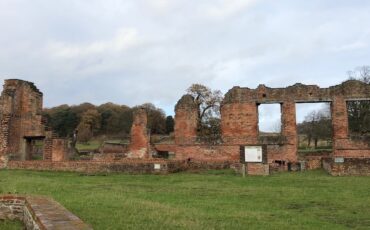
Discover the History of Bradgate House, the Childhood Home of Lady Jane Grey
In February, an announcement was made by Historic England that it is to give a grant of £37,160 to help preserve the remains of Bradgate House, the childhood home of Lady Jane Grey. Archaeologists from the University of Leicester have been carrying out digs to find out more about the history of the house and what it would have looked like in Jane’s day. The ruins are in Bradgate Park, a beauty spot dominated by a 212-metre hill. At the top is an eighteenth-century folly called Old John, a tower with an arch which can be seen for miles around.
Read more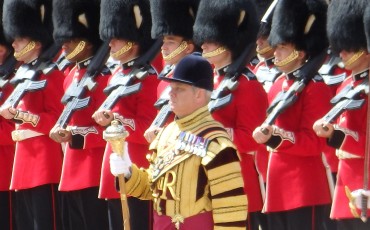
Trooping the Colour – A Royal Birthday Parade
Many of us would love to have a birthday parade with marching bands, and soldiers perfectly turned out displaying their marching skills. Trooping the Colour marks Her Majesty The Queen’s official birthday. As the late Duke of Edinburgh stated, ‘it is not a “theatrical” production, (sic) it is a deadly serious demonstration of the basic infantry skills for which the British Guards are renowned across the world.’
Read more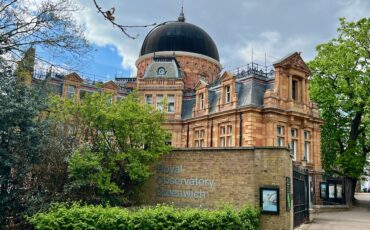
Top 10 Reasons to Visit London’s Royal Borough of Greenwich
Designated a UNESCO World Heritage site, Greenwich provides the perfect day out for visitors wanting to escape the hustle and bustle of Central London. A short journey down river from Central London, the Royal Borough of Greenwich is home to six museums, stunning historic architecture and a wonderful range of shops, markets, pubs and restaurants.
Read more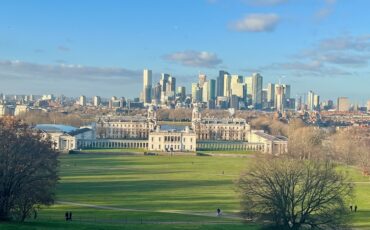
Uncovering the Secrets of the Old Royal Naval College in Greenwich
This year is a very good time to visit the spectacular Old Royal Naval College (ORNC), right in the heart of Greenwich, especially if you love royal and maritime history and architecture. In 2023 we are celebrating Wren 300. This is a commemoration of 300 years since the death of the great architect of the ORNC, Sir Christopher Wren, who gave his time for free when the building was commissioned in 1694. So what is the ORNC, and why should you include it on a visit to London?
Read more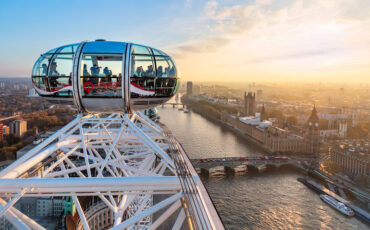
Upon The Roof: Ten Places To See London From On High
Many visitors to London like to see the city from on high and several attractions give them the opportunity to do so. The London Eye and the viewing platform at The Shard are two of the capital’s most popular attractions, while One New Change and the Sky Garden attract people who do not wish to pay an entrance fee or wait in line to look at London from high up. Other towers, such as Arcelor Mittal Orbit in the Olympic Park and The Monument to the Great Fire, may not attract so many visitors but are important parts of London’s skyline.
Read more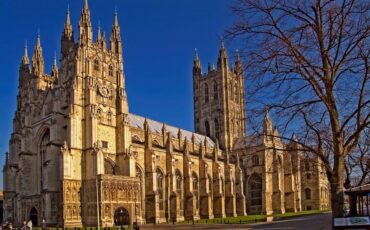
History of Canterbury Cathedral
Canterbury Cathedral covers 1,400 years of history and is today the seat of the Archbishop of Canterbury, the spiritual head of the Church of England. Once one of the major pilgrimage sites in England until the Reformation in the 16th century. Today the Cathedral is renowned as having some of the finest Medieval stained glass in the country as well as being one of the great Gothic style architectural buildings dating mainly from the 11th-16th century.
Read more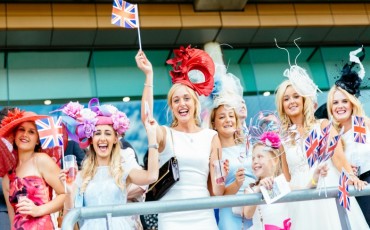
10 Events During The English Summer Social Season
“The Season” always fascinates visitors to England. An endless whirl of summer events where it’s just as important who to be seen with as to actually have fun. We asked Sophie Campbell, Blue Badge Tourist Guide and author of The Season: A Summer Whirl Through the English Social Season to give us her unique perspective on this most English of traditions.
Read more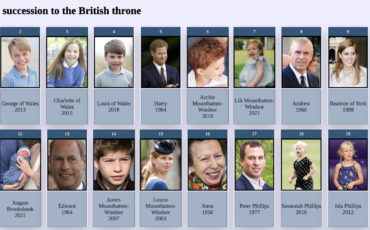
Exploring the British Line of Succession: From Glorious Revolution to Gender Equality
The United Kingdom has a new king, King Charles III, who will be crowned this May in Westminster Abbey in a tradition dating back over 1000 years. But the King needed no Coronation to take his place as this county’s head of state, his elevation to the throne was automatic under the laws of succession, becoming King instantly upon the death of his mother, the late Queen Elizabeth II.
Read more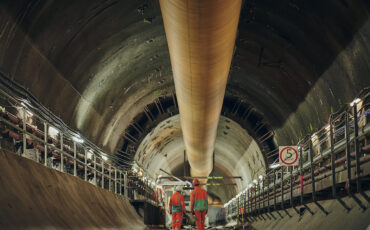
Discovering London’s Hidden Depths: The Joseph Bazalgette Sewer System & The Thames Tideway
Tourist guides are normally concerned with what is above ground, but London also has a fascinating underground story. As well as the famous buildings you can see on the surface – Westminster Abbey, Saint Paul’s Cathedral, Buckingham Palace, and the Tower of London – London has a network of underground sewers and rivers that repay close attention.
Read more
Returning to the Imperial War Museum London
When the smoke cleared at the end of the First World War, or The Imperial War as it was then known (because it was fought by empires – British, German, and Russian), a shocked Britain was moved to create memorials all over the country. The Imperial War Museum was the grandest of these and was established by an Act of Parliament in 1920. The building in Waterloo was previously the Bedlam Hospital, established by Henry VIII after he dissolved the monasteries in 1533, which accounts for his name above the columned entrance. No tour is complete without him.
Read more


